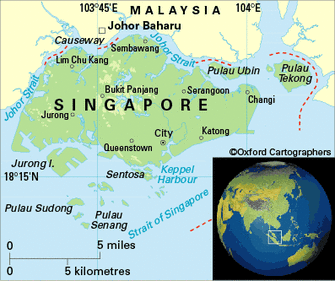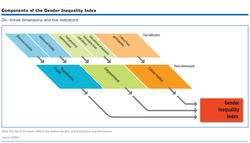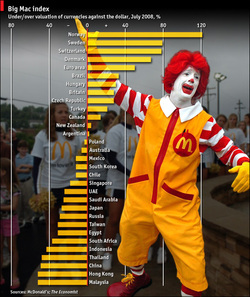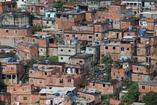 Today we watched a video on Singapore. In the case study, Singapore: Gateway to Southeast Asia, locational advantage is discussed from historical and modern perspectives. Singapore now serves as a global distribution hub in the world's economy. The case study provides insight into the factors that have turned this city-state into one of the world's busiest ports: strategic location, modern cargo handling facilities, and a skilled work force. Computer technology, advanced information management, and telecommunications have also contributed to the rise of this newly industrializing country and are important to Singapore's success as a trade entrepot. (description from Learner.org)
0 Comments
 Many of the statistics we discuss in section 3 are fairly obvious... In general, Men are more educated, men are enrolled in school more, men have higher literacy rates, men are paid more, men have higher positions in business, men have more positions in government and other leadership positions, etc... To take a closer look at gender inequality worldwide look at the UN website. Today we worked on the Human Development Index (HDI) online activity. The website can be found at http://hdr.undp.org/en/statistics/
 Today we talked about job sectors. Primary, which involves the extraction of raw materials from the earth's surface. Secondary involves the creation of a finished product, And Tertiary, this involves the provision of goods and services. A more detailed analysis can be found here.  I'm lovin' it! According to the Human Develpment Index or HDI, Norway is the most developed country based on economic and social factors such as GDP, Literacy Rate, Amount of Education, and Life Expectancy. The Democratic Republic of the Congo, on the other hand, is at the bottom of the Index. The US sits around 8th place and is considered one of the most developed countries. When talking about the wealth of a country, we generally bring up GDP or GDP per capita. This is the total sum of all goods and services sold by companies within a country's borders usually within a year. When we use the "per capita" designation, it refers to the GDP divided among all the citizens of the country or average amount of GDP per person. This number can be misleading since many LDCs do not properly distribute wealth and therefore there are a few very wealthy people and most people with nothing. We may also refer to the "Big Mac" index which is a type of tool to look at PPP or Purchasing Power Parity. Basically if you bought a product in America, could you exchange your money for another country's currency and purchase that same product with the money you received in the exchange. You can find the Big Mac index here and it explains a little more about it. |



 RSS Feed
RSS Feed
